In 2023, the landscape of electronics manufacturing continues to evolve rapidly, largely driven by advancements in circuit board solder technologies. As the push for more compact and efficient electronic devices grows, so does the importance of effective soldering techniques in circuit design and production.
According to a recent report by Research and Markets, the global market for electronic soldering materials is projected to reach $6.15 billion by 2026, growing at a CAGR of 4.9%. This surge reflects an increasing demand for high-performance soldering solutions that enhance reliability and thermal management in circuit boards.
As manufacturers adapt to new challenges such as miniaturization and varying substrate materials, understanding the latest trends and techniques in circuit board solder becomes paramount for ensuring product longevity and functionality in an increasingly competitive market.
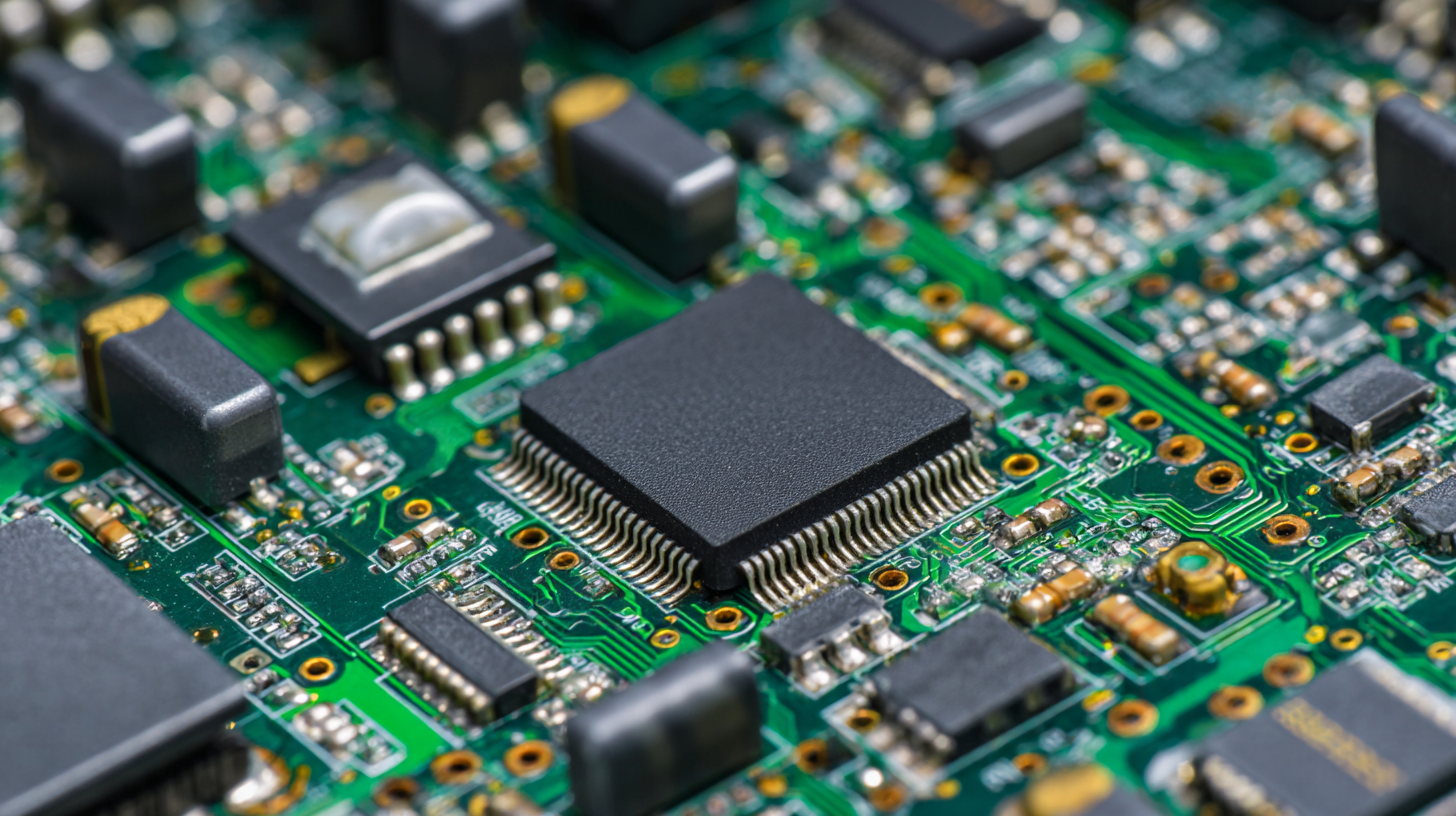
In 2023, the landscape of circuit board design is witnessing significant transformations driven by advancements in solder materials. One of the most notable innovations is the development of low-temperature solders. These materials, which typically contain bismuth or indium, allow for soldering at temperatures below traditional lead-based solders, reducing thermal stress on sensitive components. This shift not only enhances the reliability of electronic devices but also supports the integration of a wider range of materials within circuit boards, including flexible substrates.
Additionally, the rise of environmentally friendly solder alternatives is gaining traction. With increasing regulatory pressures and environmental awareness, manufacturers are exploring lead-free solder formulations that maintain high performance while minimizing ecological impact. Innovations such as silver- and copper-based solders are becoming more commonplace, offering superior thermal and electrical conductivity without the harmful effects associated with lead. As these trends continue to evolve, they are reshaping the priorities of engineers and designers in the electronics industry, pushing for more sustainable and efficient practices.
In 2023, the reliability of electronic devices hinges significantly on advancements in soldering techniques. Best practices in soldering have evolved, emphasizing precision and quality control to minimize defects that can compromise circuit board integrity. According to a recent industry report from IPC, an estimated 35% of PCB failures are attributed to solder joint issues, underscoring the critical need for improved methods. Techniques such as selective soldering and wave soldering have gained traction for their ability to ensure strong and consistent joints, reducing the likelihood of cold solder connections that can lead to operational failures in devices.
Moreover, the integration of automated soldering processes is transforming manufacturing efficiency and effectiveness. Automation not only enhances the accuracy of solder application but also significantly reduces cycle times, with some manufacturers reporting up to a 40% reduction in production times. The adoption of smart soldering technologies, which incorporate real-time monitoring and feedback, further enhances quality assurance, ensuring that solder joints meet stringent reliability standards vital for the high-stakes electronics sector. As these trends continue to shape the environment, companies that prioritize best practices in soldering will likely see enhanced product longevity and customer satisfaction.
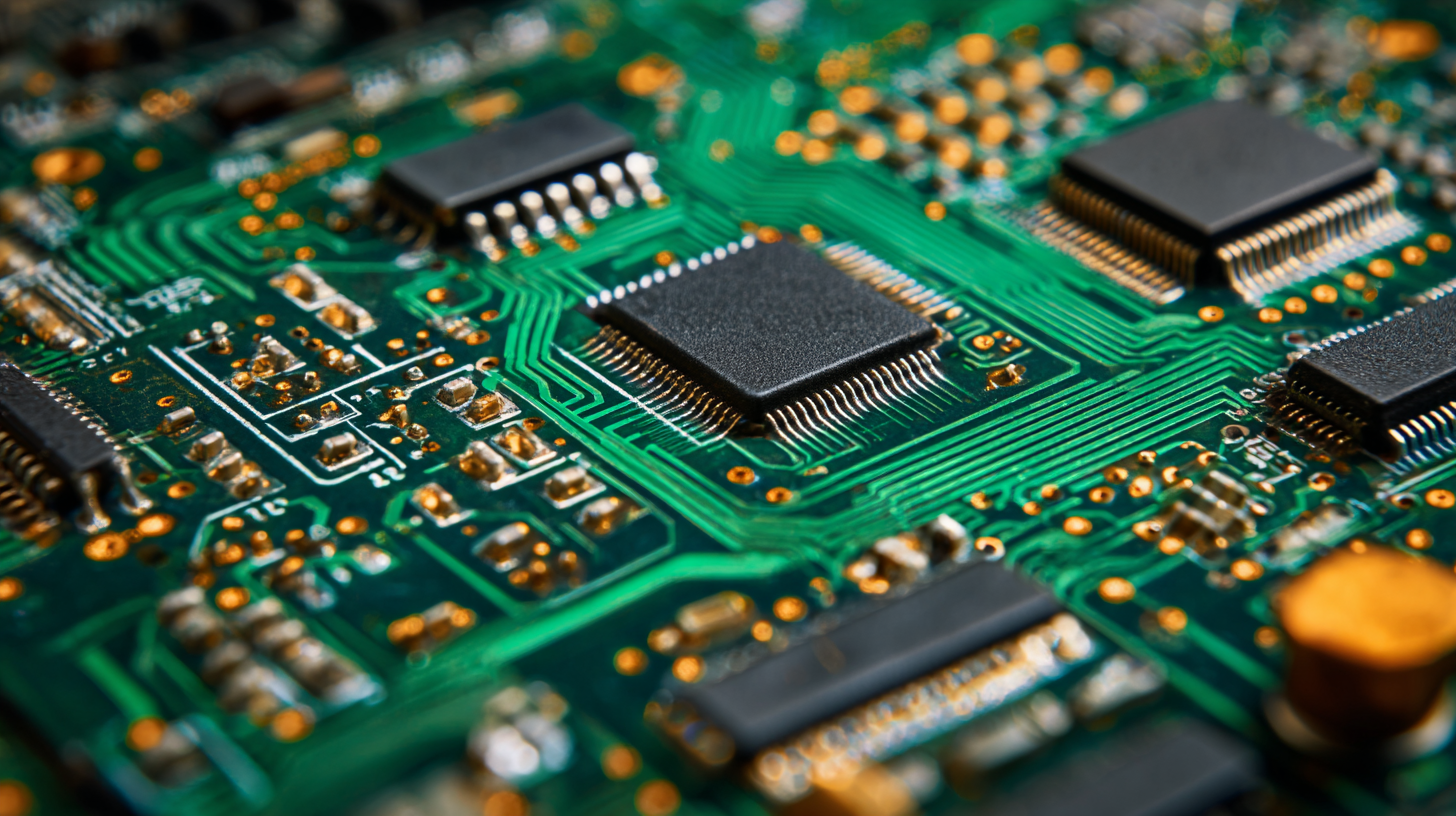
Automation is significantly transforming the soldering processes within modern manufacturing, heralding a new era of efficiency and precision. As electronics continue to evolve, the integration of automated systems allows manufacturers to enhance production rates while minimizing the risk of human error. Advanced robotic systems equipped with sophisticated vision technology are now capable of performing intricate soldering tasks that were once conducted manually, ensuring consistent quality across every unit produced.
Moreover, automated soldering solutions can adapt to varying production demands, making them increasingly attractive for manufacturers aiming for flexibility. These systems are designed to handle complex assemblies with ease, enabling rapid reconfiguration for different product lines. Industry 4.0 principles also come into play, as data-driven insights from automated processes facilitate better decision-making and predictive maintenance. As a result, manufacturers can maintain superior quality control and achieve cost efficiencies, establishing a competitive edge in the fast-paced electronics market of 2023.
As the electronics industry increasingly prioritizes sustainability, eco-friendly soldering solutions have emerged as a crucial trend in 2023. Traditional solder often contains lead and other harmful substances, posing risks to both human health and the environment. In contrast, innovative alternatives are being developed using non-toxic materials, such as silver and tin-based solder, which significantly reduce environmental impact while maintaining reliability and performance. These eco-friendly solutions not only protect ecosystems but also align with stricture regulations aimed at minimizing hazardous waste.
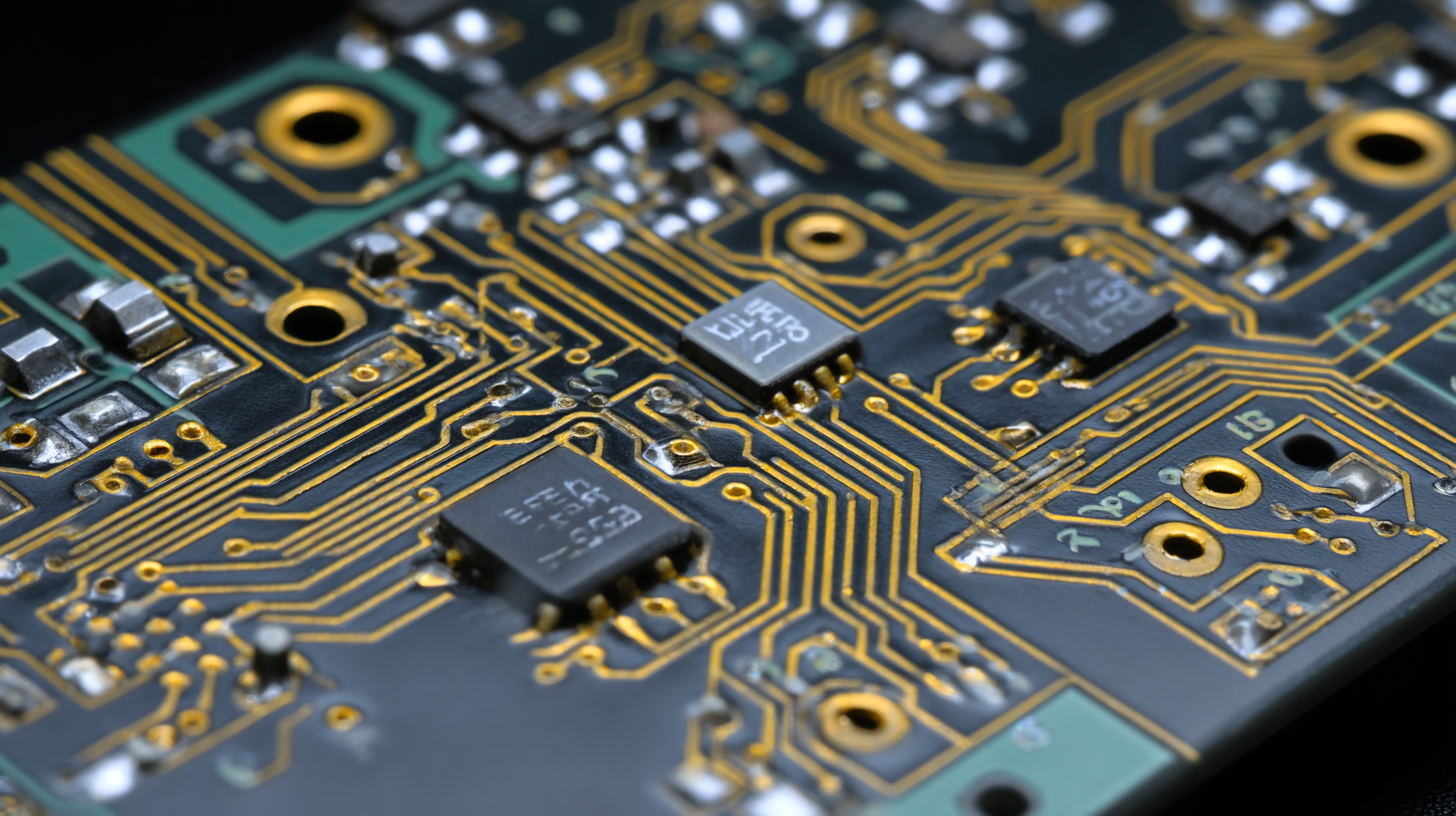
Moreover, advancements in soldering technology are enhancing the use of these eco-friendly options. Techniques such as wave soldering and selective soldering are being optimized for lower energy consumption and improved precision. This allows manufacturers to achieve more effective and sustainable production processes. The shift towards eco-friendly soldering is not just a trend; it represents a fundamental change in how electronics are produced, highlighting a commitment to sustainable practices that benefit both the industry and the planet. As the demand for green technology continues to grow, the adoption of these solutions is set to reshape the landscape of electronics manufacturing in the years to come.
In 2023, the trend of miniaturization in electronics presents significant challenges in soldering printed circuit boards (PCBs). As devices become smaller and more complex, the risk of solder joint failure increases due to the limited space for thermal expansion and heat dissipation. According to the IPC International Committee on Reliability of Electronic Equipment, the failure rate of solder joints in compact PCB designs can be as high as 30%, highlighting a critical area for manufacturers to address.
To tackle these soldering challenges, industries are adopting advanced techniques such as selective soldering and the use of low-temperature solder materials. Research from the SMTA indicates that the adoption of these methodologies can reduce solder joint failures by up to 50%, thereby enhancing the overall reliability of electronic devices. Meanwhile, the integration of automation in soldering processes is streamlining production, with companies reporting a 20% increase in efficiency when utilizing robotic soldering systems. This evolution in soldering practices not only meets the growing demands for miniaturization but also ensures that manufacturers can maintain high standards of quality and performance in their products.



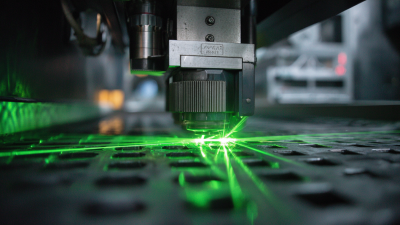
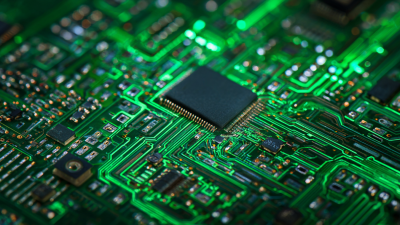
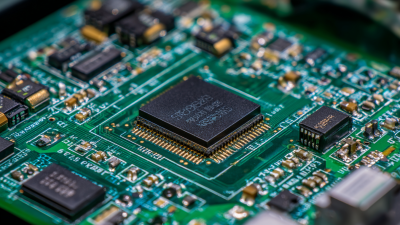
„Thanks to the LUVIR technology, the solder resist process could be switched directly from the previously used mask exposure to direct exposure. As an outstanding digital solution on the market, this technology has been able to demonstrate fast process times and superior quality on our certified conventional ink in production. This allowed us to fully digitize the solder mask process at low cost – without process or ink adjustments. An excellent benefit to our production in Rot am See.“
Ralf Göhringer (Head of Production WE Rot am See)
I would definitely recommend the Limata machine and team for a future company purchase
Michael Greenaway
Compunetics Inc.
“The Limata ldi has been amazing!! Best thing we did was buy this machine”
Richard Brady
GM
Circuitlabs
“Since 2019, we have been running the Limata X1000 LDI system (including LUVIR for solder mask imaging) in daily production as an addition to our current process with film. The machine was capable of properly exposing Taiyo PSR-4000 BN (DI) solder mask types on normal to high-copper boards using a new and unique direct imaging process. The machine operating interface is very user friendly which allowed for a quick technical training curve. The pre-registration processing reduced several seconds of production time at every print. Limata support and service staff is incomparable. They supported our team every step of the way at basically any time of the day or night, with literally, an immediate response time, customizing the software interface to best fit our Operations and needs.
We have exposed more than 8,000 prints since end of October, on various solder mask colors and some resist film panels. Limata, has proven to be very capable and innovative. They are a strong contender in the industry.
We have very much enjoyed this project, and working with the team!
Thank you Limata for the continued support and being a part of our growth.”
Bill Sezate
Vice President, GM
Summit Interconnect
As a replacement to our current contact exposure process with film, the LIMATA X2000 system including LUVIR-Technology was capable of properly exposing non-LDI solder mask types using a direct imaging process. The machine offers cutting edge software with a very intuitive operating interface which allowed for quick technician training curve. The dual drawer system combined with pre-registration processing reduced several seconds of production time at every machine cycle. Limata support and service staff is world class. They added software patches to keep production running at shortest possible response times, customized the software interface to best fit our in-house Operations system, and even wrote a step-by-step machine processing manual. As a result of the project, we have exposed more than 16,000 times on various product types and solder mask brands/colors. Limata, in a very short timeframe as a company, has definitely shown they are truly innovative and will be challenging the industry of direct imaging for the top spot.
Kevin Beattie
Process Engineer
TTM Technologies
Forest Grove Division